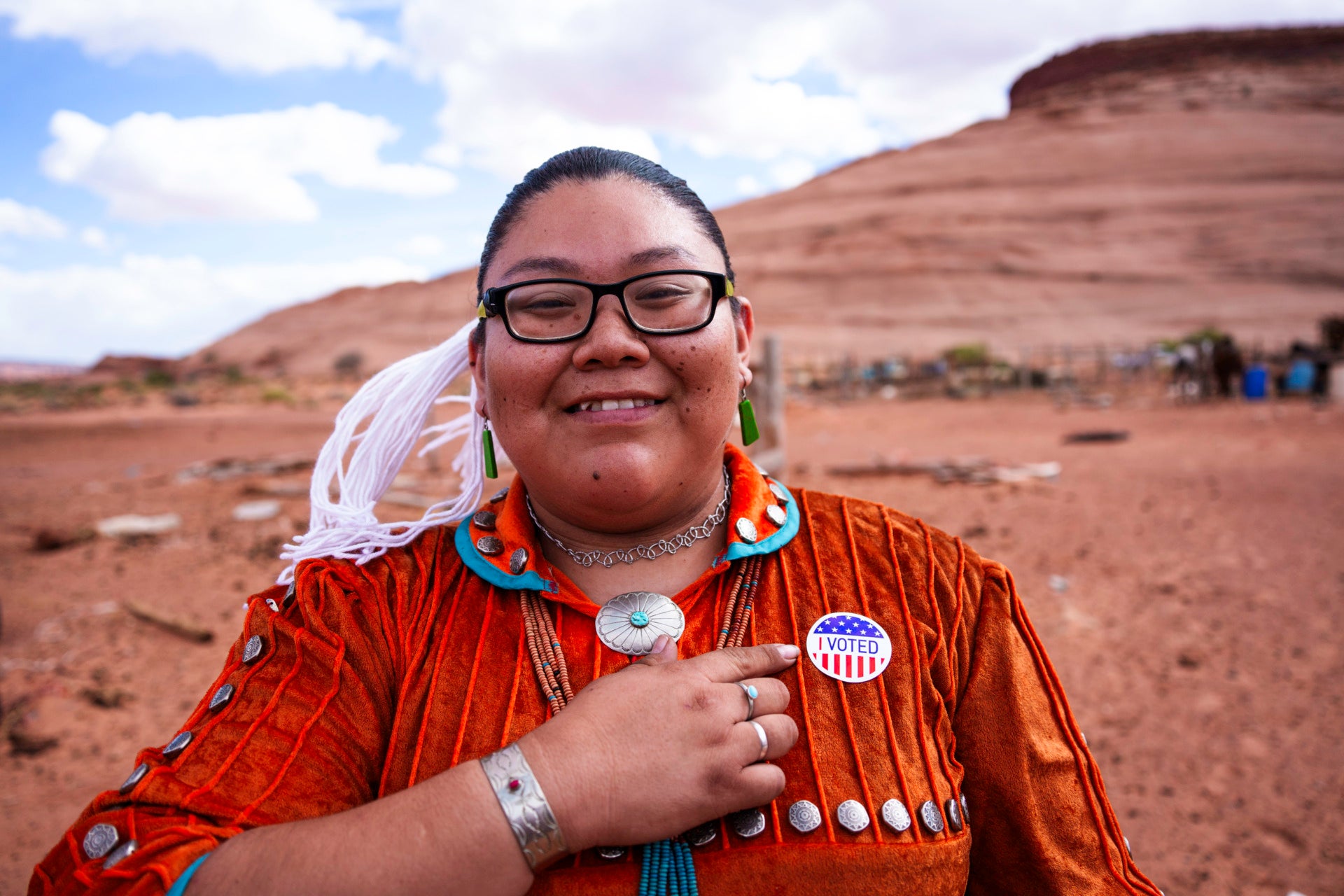Ta-Nehisi Coates: We’re at a point around the country—particularly at elite colleges and universities—where folks are, at last, having to reckon with the long effects of history. We see this in the name-changing that has been requested at various universities. We see this in South Carolina, with the taking-down of the Confederate flag. And we can definitely see this at Georgetown, with its recent efforts. What is happening with Georgetown’s efforts to reconcile itself to its past?
John DeGioia: Georgetown had a tragic moment in the early years of its history that we have been trying to come to terms with. In 1838, Jesuit priests on plantations in Maryland had enslaved children, women, and men; they arranged a transaction to sell 272 of them to a landowner in Louisiana. With that sale, some of the proceeds were sent to Georgetown. We benefited through that sale and through the institution of slavery.
Coates: Do you have a translation of what the dollars were then to today?
DeGioia: The transaction was worth about $115,000 in 1838, which would equate to about $3.3 million today. The first payment, the down payment, which is what we can account for right now, was $25,000, of which Georgetown received $17,000, which would probably be worth about $500,000 today. But as we’ve unfolded our work, we have acknowledged much deeper commitments that Georgetown is prepared to make. About two years ago, we began this work to reconcile ourselves with our history. We were inspired by the fact that Georgetown had a building named for the person responsible for this 272-person transaction. And we knew we had to come to terms with it. The history was well-known. We had taught it at Georgetown. We knew we had a new moment to engage in our community in a very different way.
Coates: Can you outline the commitments that have been made so far?
DeGioia: We made a decision last fall to take names off buildings and place different names on them. One will be named for Isaac Hawkins, who is the first name on the manifest of the 272 children, men, and women who were sold. Another will be named for a free woman of color, a religious woman who lived in the Georgetown neighborhood and who bore extraordinary witness during the time in which this all occurred.
The commitment that has probably received the most attention is a decision regarding descendants of the 272 people who were sold. Georgetown will treat them in the same way that we would regard those who have an enduring relationship with our community. These are faculty, staff, and alumni who have a sustained educational relationship at Georgetown. In the course of our process of determining undergraduate admission, we give care and attention in a special way to those folks. We are a very selective institution so I don’t want to overstate what it means, but it was an effort to show the kind of respect we think appropriate in this moment.
Coates: One of the immediate responses I heard about that was: “Fine, that’s a great step, but what about actual cash support for those students who might be able to take advantage of that?”
DeGioia: This gets a little lost in the complexities of financial aid at universities, but Georgetown is one of five institutions that are need-blind. When someone is admitted to our university, we don’t know their ability to pay. We meet the full need of students. It’s a determination based on need. We are committed to covering their full cost, so we would continue that process with every student.
Coates: How have you dealt with this discussion at Harvard?
Drew Gilpin Faust: There are interesting contrasts between our two institutions. We’re both venerable. We were both around when slavery was embedded into the fabric of the United States. But Harvard was a part of a New England consciousness in denial: “Oh, we didn’t have any part to do with slavery.” But slavery was legal in Massachusetts until 1783. We have become increasingly aware of how slavery was a part of the everyday life of Massachusetts in the colonial era and, therefore, of Harvard. We are also aware that cotton was an economic engine for Massachusetts, for many people connected to Harvard, and therefore it supported Harvard in a variety of ways. So we are exploring that and trying to understand what the place of slavery was in building the institution we have today: What were the contributions made by slaves to Harvard’s past? Research done by students found the names of four individuals who worked in the households of Harvard presidents in the 18th century. Last spring, we put a plaque on a building memorializing those individuals and their contributions as a first step in enshrining the history of slavery in Harvard’s understanding of itself.
I had the great privilege of visiting the National Museum of African American History and Culture last week, and I was struck by a quotation by James Baldwin: “It’s not about the past. It’s so embedded within us, in who we are in every way.” That, to me, is an essential part of understanding where we came from and how to build a future that creates students, faculty, human beings, citizens, who have the necessary self-consciousness about the possibilities of evil and injustice.

